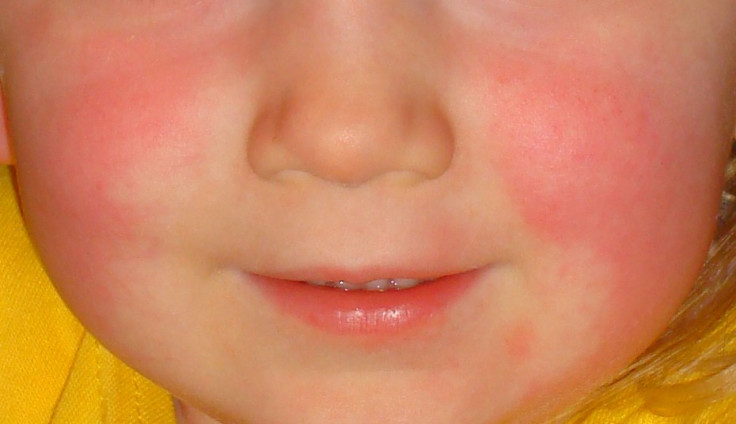Highly Contagious Scarlet Fever Outbreak Rises to 10-Year High in UK

Scarlet fever is on the rise in the UK, with the number of cases increasing at the highest rate in more than 30 years, health officials have said.
Figures from Public Health England show there has been a significant increase in people diagnosed with scarlet fever across England. Some 883 people were infected in the last week of March: the highest weekly total since 1982. The cause of the increase is unknown.
Across the UK there has been a similar increase in scarlet fever. A total of 5,012 new cases have been recorded since September 2013, compared to an average of 1,650 cases reported for the same period in the previous 10 years.
Scarlet fever mainly affects children and is most common between the ages of two and eight. It is an infection caused by group A streptococci bacteria, Streptococcus pyogenes. These bacteria are commonly found on the skin or in the throat where they can live without causing disease. Under particular circumstances, however, these bacteria can cause disease.
Scarlet fever is extremely contagious and can be caught by breathing in bacteria in airborne droplets from an infected person's coughs and sneezes touching the skin of a person with a streptococcal skin infection sharing contaminated towels, baths, clothes or bed linen. It can also be caught from people who have the bacteria in their throat or on their skin, even if they do not show any symptoms.
Scarlet fever was once a very dangerous infection, but has now become much less serious because most people develop immunity to streptococcal bacteria by the age of 10. There is currently no vaccine for scarlet fever.
Most cases of scarlet fever are mild and will get better within a week, but a few people get complications. To reduce the chance of complications, public health officials say people who have been diagnosed with scarlet fever should see their GP to get antibiotics, which can prevent complications, and stay at home to avoid infecting others.
Dr Theresa Lamagni, head of streptococcal infection surveillance at Public Health England said: "We are continuing to see increases in scarlet fever notifications across England and are working closely with healthcare professionals to try and understand the reasons behind these increases and do our best to reduce the impact of this infection.
"We urge people with symptoms of scarlet fever, which include a sore throat, headache and fever accompanied by a characteristic rash, to consult their GP. Scarlet fever should be treated with antibiotics to reduce risk of complications.
"Once children or adults are diagnosed with scarlet fever we strongly advise them to stay at home until at least 24 hours after the start of antibiotic treatment to avoid passing on the infection."
In the 19th century there were 150,000 cases of scarlet fever a year with a fatality rate of 15%. The last death in Britain was in the mid-1990s.
© Copyright IBTimes 2025. All rights reserved.





















